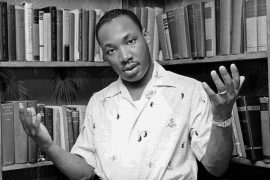Mayor Lori Lightfoot recently called out the Darren Baily Campaign on the commercials they used, where through the power of graphics editing programs like Photoshop, you can darken a photo. Clearly and without a doubt, her photos were taken out of context, and her skin tone was darkened. What is the purpose? When the photo is darkened, the subliminal message is bad and negative. It is demeaning to the subject.

However, it is common practice with white news media organizations. If you don’t think so, remember O. J. Simpson. When he was charged with the murder of his wife, his photos in Newsweek and Time magazine were darkened on the cover. If you see the pictures of Simpson, the prized athlete, you see the different skin coloration.
As White photographers and media portray Black people at their best, the pictures can be questioned. I am so sensitive to this because when I was publishing N’DIGO as a newspaper, it was our practice to take “VOGUE-like” photos for the cover; we were conscience of the photography. I only used Black top superb photographers who understood the issue of lighting, skin color, skin tones, and the color of clothing against Black skin. You think these things don’t matter; well they do. It’s a professional thing. N’DIGO photographers were usually portrait photographers, fashion photographers, or advertising photographers. They were the best to serve my purpose of capturing the person in the most pleasing light. When she was producing her daily show, Oprah Winfrey paid special attention to the lighting in the studio. Black skin arrives in such a variety of hues that it takes a real expert to take pictures of significantly darker Black skin. When Beyoncé appeared in Vogue, she insisted on choosing the photographer and the images to use. Those were her conditions.
What Does Blackness Communicate?
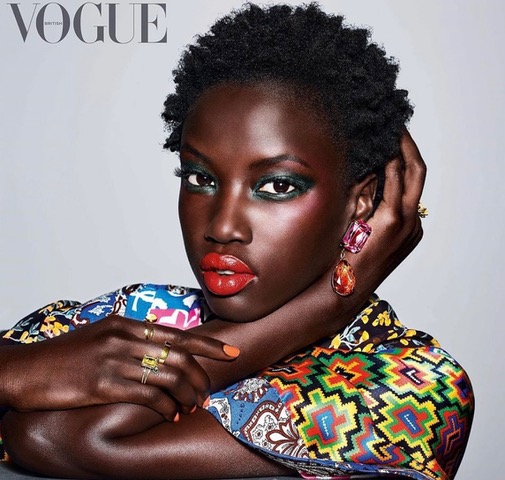
The communication of Blackness in America is unique. Darker is portrayed negatively. Whereas Africans, as they enter the fashion world, see Blackness entirely differently. They darkened the skin, perhaps with color exaggeration, maybe for beauty emphasis, for an entirely different reason.
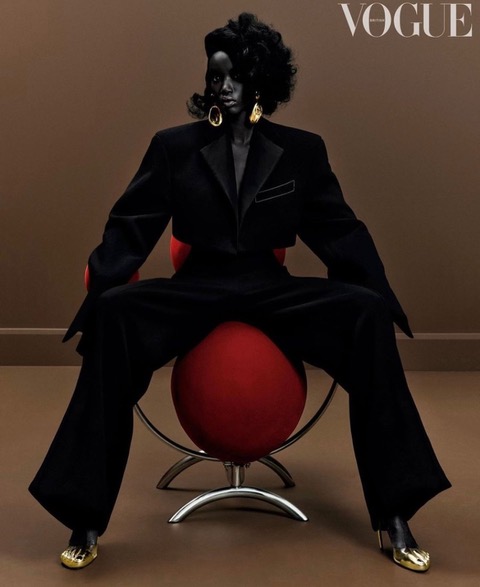
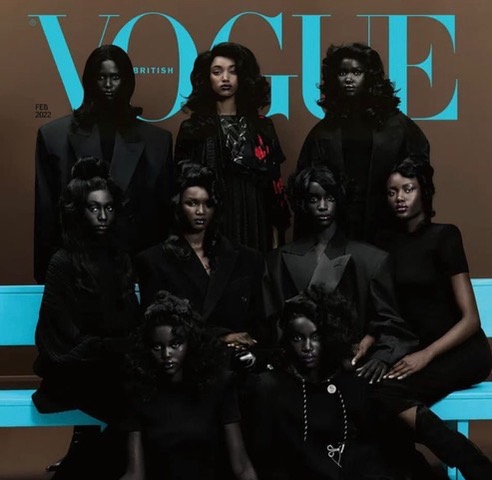
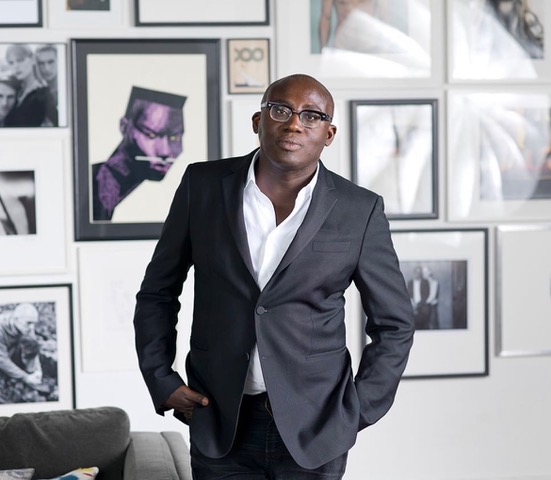
The Editor-in-Chief of British Vogue, Edward Enninful, is a Black man, from Ghana raised in Britain. He sees Blackness differently and created quite a stir with his February 2022 of the British Issue of Vogue, the Black issue. He showed models darker than dark. He saw it as a point of beauty with an emphasis on Blackness. He darkened the photos with Blackness that was photoshopped and a Blackness that does not exist in reality. He was making a statement. His point of view is very different from Americans and very different from Black Americans.
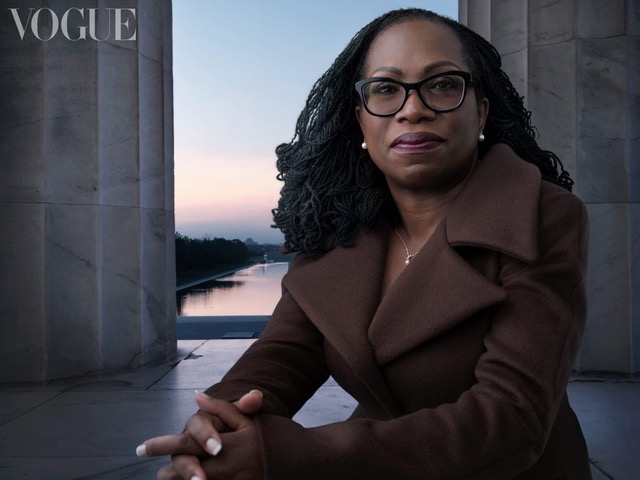
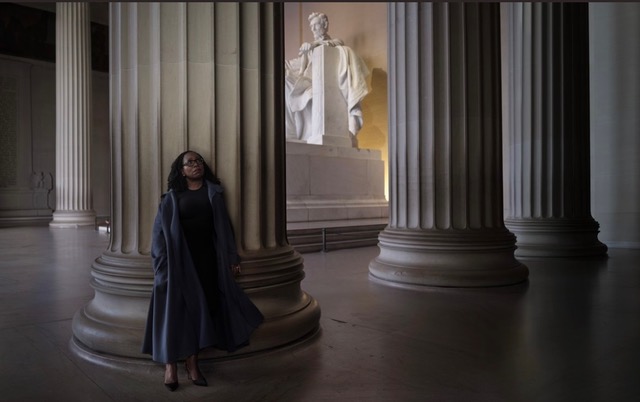
White photographers, even the best, sometimes just don’t get it right. So there are three crucial elements in Black photos shot by White photographers. One is plain skin color; let’s call it definition. The second point is glamour. How is a Black woman glamorized? The top fashion magazines tend to deglamorize Black women. Look at the photos of Supreme Court Justice Ketanji Brown Jackson by renowned photographer Annie Leibovitz for the 2022 September British issue of Vogue. The photos are poorly lit, making her appear darker than she is.
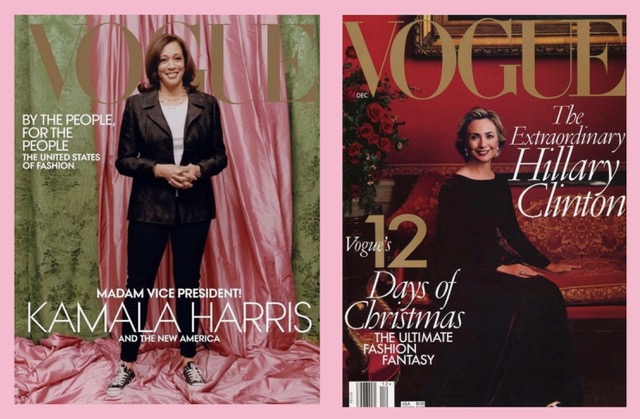
Also, the cover of Vice President Kamala Harris wearing Converse gym shoes was insulting. She should have been glamorized. Why weren’t these women of power put in evening gowns like the powerful Hillary Clinton was?
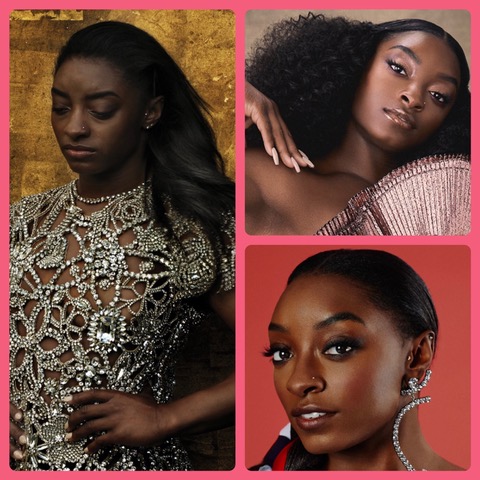
And the third point is beauty. The lens of Blackness is different from the lens of Whiteness. In addition to the picture’s lighting, there is the context and the actual capturing of the photo. This is where the real expertise enters. It is also where racism enters. This is the point of Mayor Lightfoot.
Photographer Annie Leibovitz consistently makes Black women look grey and lifeless. Contrast her photo (on the left) of Simon Biles with the Essence photo by Chrisean Rose (top right), and the Glamour shot done by Kennedi Carter (bottom right), both Black photographers.
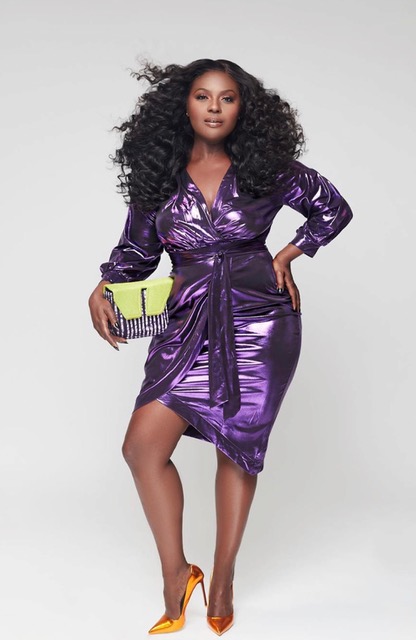
When I was working with The Chicago Tribune, we had real issues not with the photo but with the printing. We had many sessions about holding the ink and how Black people turned yellow, orange, or darkened with Black ink on the printing press. Finally, my photographer, the late Doyle Wicks, had the solution. It was very simple; it was the film in the camera. He points out Fuji film, a Japanese film, was made for skins of color. This was an amazing fact for the Tribune. In my publishing career, I have worked with White newspapers and taught them coloring of Black skin on their pages with color.
So, ladies and gentlemen, I tell you Mayor Lori Lightfoot is correct; she points out the problem of skin color in the Baily TV commercials. The fact is they did darken her skin to make her appear negative by making her skin darker than its actual skin tone. This was done on purpose.
A White fashion magazine needs to hire Black fashion photographers to solve the problem. And in the game of politics, there ought to be a rule not to darken pictures.



